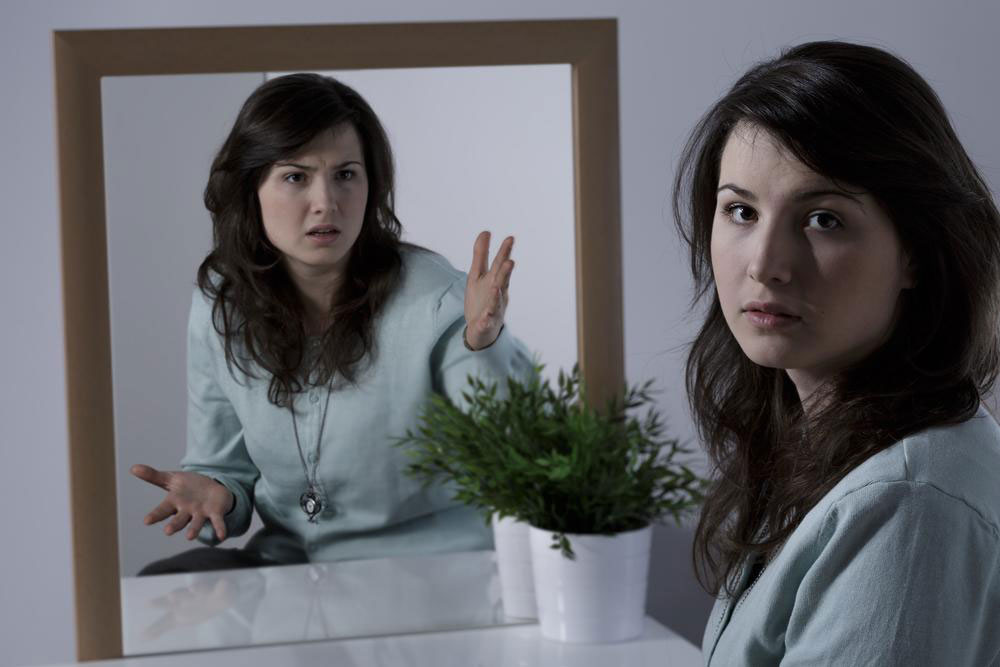Comprehensive Overview of Bipolar Disorder: Types and Key Indicators
This article offers an in-depth look into bipolar disorder, detailing its main types—Bipolar I and II—as well as cyclothymic disorder. It explains symptoms, diagnostic criteria, and treatment considerations, helping readers understand this complex mental health condition. Recognizing the differences between mood episodes and external influences is crucial for proper diagnosis and management.

Comprehensive Overview of Bipolar Disorder: Types and Key Indicators
Bipolar disorder is a mental health condition marked by dramatic shifts in mood and energy levels. It primarily includes Bipolar I and Bipolar II, each with unique signs, symptoms, and treatment strategies. Diagnosis is based on DSM-5 criteria, which also identifies Cyclothymic Disorder—characterized by milder mood changes that do not meet full bipolar standards.
Individuals showing mood swings that do not qualify for mania, hypomania, or depression might be diagnosed with Cyclothymic Disorder. The DSM-5 also notes “manic-like” episodes caused by external substances, which are only classified as bipolar after excluding these factors.
For Bipolar I, individuals must have at least one manic episode lasting a week or requiring hospitalization, impairing daily activities. This is commonly paired with depressive episodes lasting two weeks. Bipolar II involves hypomania—brief, less severe periods of elevated mood lasting at least four days—along with depression. Hypomania does not generally interfere significantly with daily life or require hospitalization. When mood episodes fall short of bipolar I or II criteria, Cyclothymic Disorder may be diagnosed, presenting with milder symptoms.


